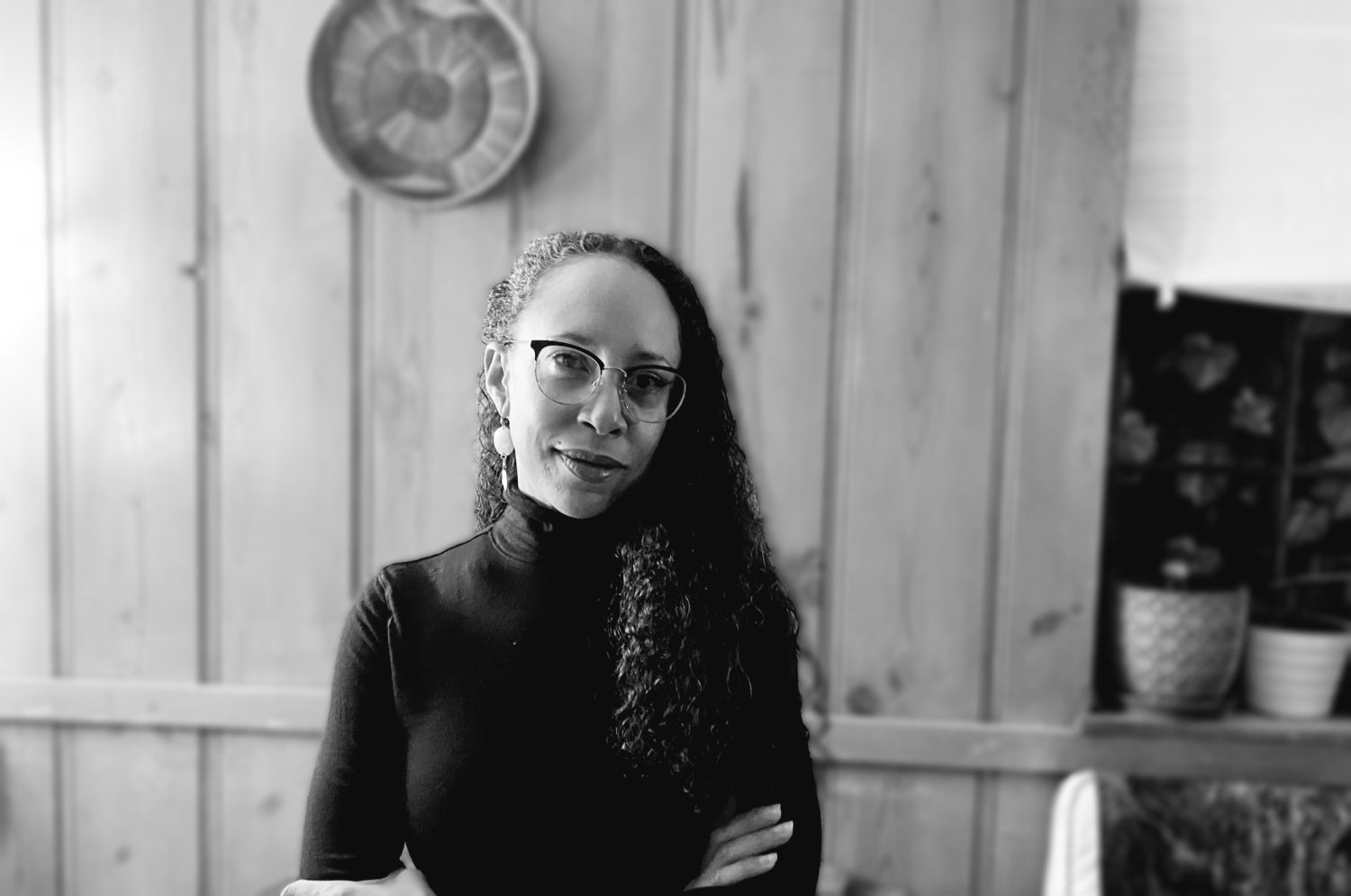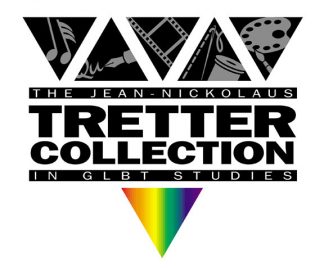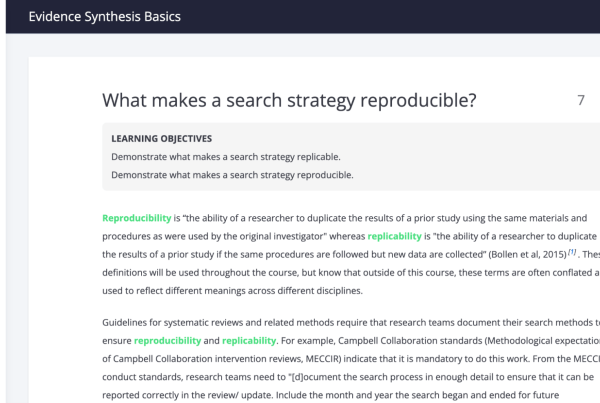When Michaela Day went to elementary school in the late 1980s, she saw a few omissions in her history textbooks. Despite her age, she noticed that African-American history was seemingly curated by and for white men.
“I was that kid who would bring obscure books to class to combat the lies my teachers told me,” she laughed.
Over the years, her childhood love for history became fixated on uncovering lesser-known histories, the ones that don’t make it into K-12 textbooks. Now 44, Day is still correcting the historical narrative, starting first in the archives, ground zero for deciding whose stories are worth preserving, and how they’re told.
Studying the archives
Day, a St. Paul native, went back to college when the pandemic started. She was a new mom, and didn’t want to return to the service industry, so she decided to pursue a master’s degree at Metro State University.
She wanted to study archives themselves, specifically the intersection of modern technology and historiography, because of how Black people and other communities have been misrepresented and underrepresented in archives, and how those inaccurate narratives can strip people of their agency and personhood.
Naturally, she spends some time in the Givens Collection of African American Literature and Life. That’s where she came across the Ex-Slave Narratives from Coahoma County, Mississippi, a collection of interviews of formerly enslaved people recorded for the Works Progress Administration (WPA) Federal Writers’ Project in the 1930s.
These particular narratives were almost lost to time and neglect. They had not been cataloged or preserved, and before making their way to the University, had been stored in a T-shirt box. Davu Seru, then a research fellow and now the curator of the Givens Collection, discovered the narratives and ensured that they were preserved and later digitized.
Day was awestruck by the collection. The interviewees came from the same area as her grandfather, so it felt deeply personal. With the transcripts at her fingertips, she was overcome by a drive to examine and uplift these stories.
“I felt this great sense of responsibility to be a caretaker for their stories, and to try to flesh out their lives and piece things together,” she said.
“I would love to be able to ignite a passion in young folks for archives. … [T]here’s so many undiscovered stories, so many untold histories that are just waiting to be told.”
—Michaela Day
Narratives of formerly enslaved people, Day explained, are often viewed interchangeably, as though there’s no substantial difference from one to the next. If you’ve read Frederick Douglass’ autobiography, then you’ve essentially read all there is. But that fungibility is patently wrong, each story is personal, she said.
While the testimony was interesting, Day started by analyzing the record of the record. Who conducted the interviews? How did the social dynamic between the interviewer and interviewee shape the answers they gave? Where did the silence in the interview speak volumes?
The interviews were conducted by Carrie Campbell, and she, like most of the interviewers, was white which affected the willingness of the interviewees, as well as the content of their testimony. Campbell was also upper middle class, and would find her interview subjects at the Coahoma County Courthouse, where people applied for pensions.
The combined economic and racial imbalance elicited cautious answers, Day said. With few exceptions, people tried to avoid angering Campbell, fearing the potential legal and economic consequences. Calline Brown was one exception, her account “eloquently and colorfully” described how evil and horrible her former slave masters were.
Day found correspondence between Campbell and the local office overseeing the Federal Writers’ Project (FWP). One letter congratulates Campbell on her first interview, one that downplayed the horrors of slavery, and told her to provide more interviews like that.
“Regardless of what her personal opinions are, she knows what the office who’s cutting her check wants to hear,” Day said. “And this is in contrast to the goal of the nationwide project … to let people say what they want to say and don’t try to curate what they’re saying. But that didn’t always happen.”
Day wondered how a collection of slave narratives from Mississippi made their way to the University of Minnesota. She learned that they were donated to the Givens Collection in 1986 by Stephen Wiley.
Day tracked down Wiley, and asked how he came into possession of the interviews. Wiley, then an American Studies graduate student at the university, had been studying the narrative of formerly enslaved people from the FWP.
He contacted two of Campbell’s daughters-in-law to ask about the interviews. They invited him over for sweet tea on their front porch, and then gave him a t-shirt box containing the narratives.
Day’s gut feeling was that Campbell collected responses about how great slavery was because that’s what she believed, and the interviewees were simply telling her what she wanted to hear. And Wiley’s conversation with her daughters-in-law led some credence to that feeling.
“They both wanted him to know that the worst day in American history was the day that the Southern states lost the war,” Day said. “That doesn’t necessarily mean that their mother-in-law had the exact same sentiment. I can’t prove that. But it gives me something to add to what my initial impression was.”
Day hopes her research will expose how records made about marginalized people, but not by them, can be skewed, and how we can change these practices in the future.
Creating digital learning tools from the archives
Eventually, she wants to use these archival materials to design digital learning environments for teachers and students. There’s a need – in libraries, newspapers, colleges, and elsewhere – for people to tell their own stories, to add diverse perspectives in how history is told.
“I would love to be able to ignite a passion in young folks for archives. Archives can be really intimidating,” Day said. “But there’s so many undiscovered stories, so many untold histories that are just waiting to be told.”
Her research will also repair some of the damage done to individual families and histories. Along with the psychological and physiological horrors of chattel slavery, it also attacked the family unit by removing the right to marry, the right to your children, to your body, to your parents and siblings.
So Day is working to collect information about these formerly enslaved people – where they were born and lived, who their parents and grandparents were, what plantation they were enslaved on, what they did after emancipation, etc. – and make that information accessible to their descendants.
“If this is some book that I write, and I’m the only person that sees it, I’ll still be glad to have done this work, I’m drawn to it. But a better outcome would be to personalize their stories and feel like I have honored the duty of responsibility that I feel when I come across Black folks in archives,” Day said. “For me to be able to piece families back together, it feels like something worth doing.”





